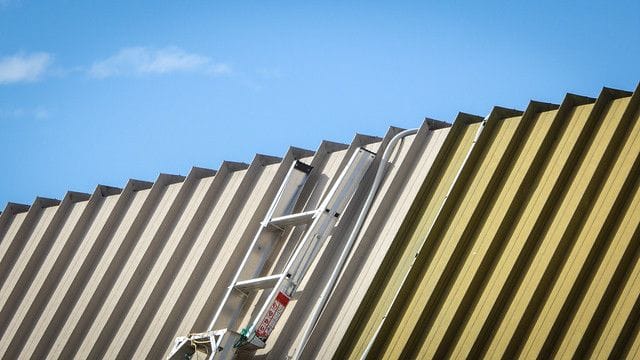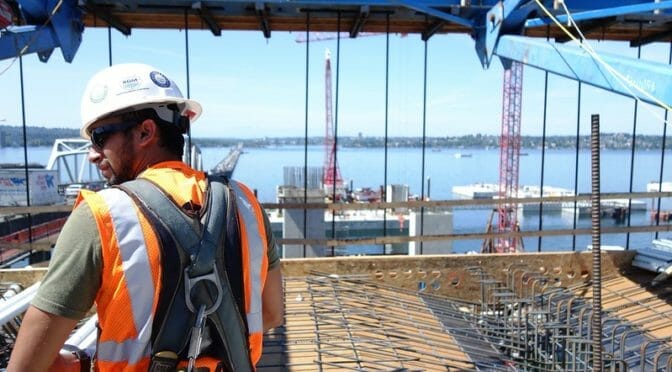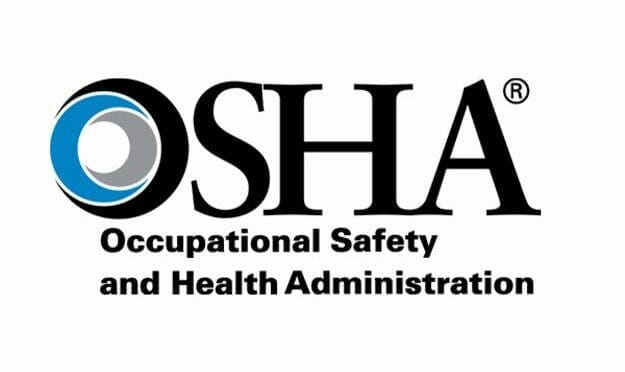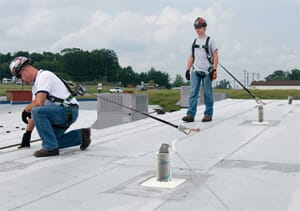Snohomish, WA roofing company fined nearly $375,000 for putting workers at risk.
A Snohomish roofing company fined by the state for multiple worker safety hazards and their violations at three different job sites is facing large fines.
After receiving calls from concerned neighbors, the Department of Labor & Industries (L&I) opened inspections into Allways Roofing in connection with work at three homes in Woodinville and Arlington.
L&I investigators found multiple serious hazards at each location. As a result, L&I cited Allways for several violations and fined the company $374,400.
Fall protection, unsafe ladder use and other safety violations
In Woodinville, L&I cited Allways for three willful violations. Five workers, including a foreman, were working on a steep-pitched roof without proper fall protection; workers were using a 24-foot extension ladder without extending it to a proper height above the roofline; and the employer did not have a fall protection plan onsite and workers were not trained on the plan. Those, plus four other serious violations and one repeat-general violation, add up to $191,700 in penalties.
For the Arlington worksites, L&I cited Allways for three willful violations, two serious and one repeat-general, for essentially the same hazards found in Woodinville. Those violations add up to $182,700 in penalties.
Repeat violator now in severe violator program
L&I has cited Allways Roofing seven other times in Washington since 2012. Those citations included 11 repeat-serious and eight serious violations for hazardous conditions. In those cases, Allways was fined $112,000.
“Falls from roofs, ladders and other elevated worksites are the leading cause of preventable workplace fatalities and immediate hospitalizations in our state,” said Anne Soiza, assistant director in charge of L&I’s Division of Occupational Safety and Health (DOSH). “This company has repeatedly exposed its workers to harm and ignored the minimum rules known to prevent fatalities. We hope this level of accountability will motivate permanent safety improvements in their operations.”
In 2018, 15 Washington workers died from falls. Six of those were from ladders; all but one were from elevation, such as from a roof. More construction workers die from falls each year than workers in any other industry. Many more workers are seriously injured from falls annually.
A serious violation exists in a workplace if there is a substantial probability that worker death or serious physical harm could result from a hazardous condition. A willful violation can be issued when L&I has evidence of plain indifference, a substitution of judgment or intentional disregard of a hazard or rule — essentially meaning the employer knew of the hazard and intentionally put workers at risk anyway.
The company is now in the Severe Violator Program due to its inspection history. Among other things, that means the company can be subject to more inspections until it can demonstrate its ability to follow these rules and keep its workers safe.
Allways Roofing has 15 days from the date of the citations to appeal. Penalty money paid as a result of a citation is placed in the workers’ compensation supplemental pension fund, helping injured workers and families of those who have died on the job.
For a copy of the citations, contact L&I Public Affairs, (360) 902-5413.
Prior post about unsafe conditions by another roofing company: OLYMPIA, WA ROOFING COMPANY CITED 7TH TIME FOR SAFETY VIOLATIONS






